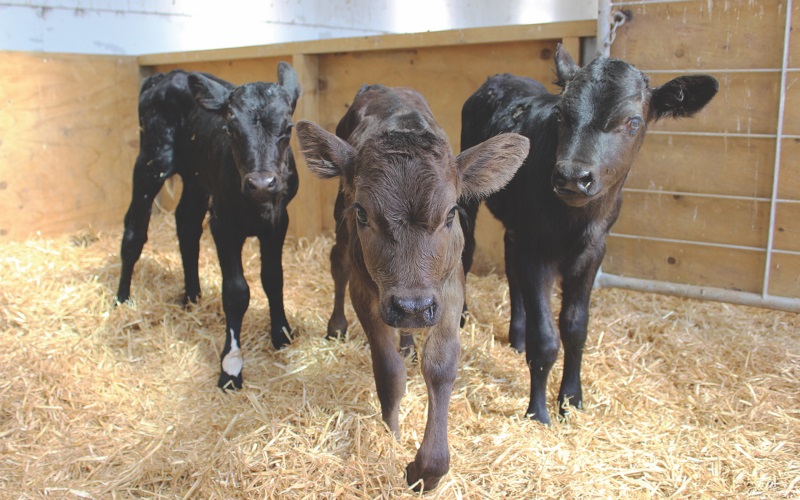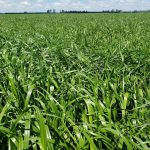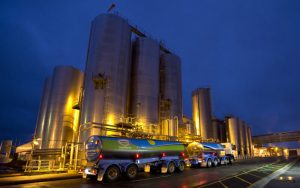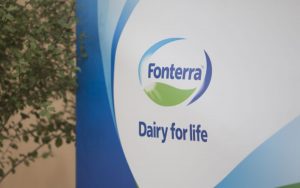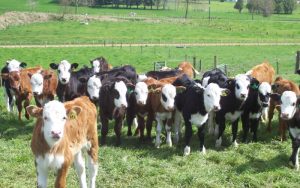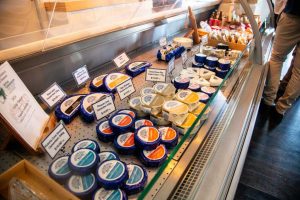
Farmers catching on to using beef semen to generate more dairy-beef calves worth rearing and finishing.
The meat industry is at the peak of the bobby calf processing season, with some 120,000 expected to be slaughtered this week for veal, pet food and special byproducts.
The peak kills over a few weeks in August follow late winter calving on dairy farms in the North Island and usually drop away in September.
Around 1.8 million calves in total are killed over the whole season, from autumn through to mid-spring.
That number is dropping as the dairy cow herd gets smaller and farmers use more sexed semen over cows to favour heifer calves, and beef semen to generate more dairy-beef calves worth rearing and finishing.
Dairy farmers do not get much revenue out of bobby calves that go direct to slaughter.
Major meat companies are offering schedule prices for three weight grades of bobbies very similar to each other and to last year.
They are 55-60c/kg for calves between 9 and 13.45kg liveweight, $1.50/kg for 13.5 to 18.45kg and $2/kg for 18.5kg plus.
A Northland farmer who supports AFFCO said the Moerewa works is booked up by farmers using the company’s notification app.
NZ Farmers Livestock (NZFL) agency manager Bill Sweeney said the slaughter space at the works used for bobby calves is at capacity, even though it is greater this year because the lamb kill is down.
NZFL traditionally does well out of contract veal processing, generating a profit for parent company Allied Farmers.
NZFL gets calves killed at Te Kuiti Meats and Ovation at Feilding and the veal is marketed with the help of ANZCO and other exporters.
“Our agents work with their farmer clients to get processing income from dairy-beef crossbred calves.
“More calves are being reared and the prices in the yards for feeder calves have been good,” he said.
Dairy farmers are aware of the more suitable beef bulls to use over the lower half of their cow herds, but Sweeney hasn’t noticed a big swing in that direction as yet.
Nor has the number of calf rearers increased markedly. However, he has seen greater competition for store cattle as various sheep and goat options on hill country have faltered.
Finishers are competing for the better genetics in dairy-beef cattle at 100kg, so the demand messages are slowly getting through to dairy farmers and the calf rearers, he believes.
AgriHQ senior analyst Mel Croad said the four-day calf prices in the yards show there is some redirection of calves towards higher-paid uses.
“The reduction in beef cow herds and the feeling that sheep farming is too hard is growing demand for dairy-beef animals on the hills,” she said.
“We desperately need more dairy-beef calves on the ground as the beef cow herds disappear from hills that have gone to forestry.”
The combination of sexed semen and beef on dairy genetics could potentially eliminate bobby calves and boost beef production.
Bobby calf kill figures are four weeks in arrears but going on last year’s statistics, the peak weekly kill numbers are dropping, Croad said.
You can now read the most important #news on #eDairyNews #Whatsapp channels!!!
🇺🇸 eDairy News INGLÊS: https://whatsapp.com/channel/0029VaKsjzGDTkJyIN6hcP1K
